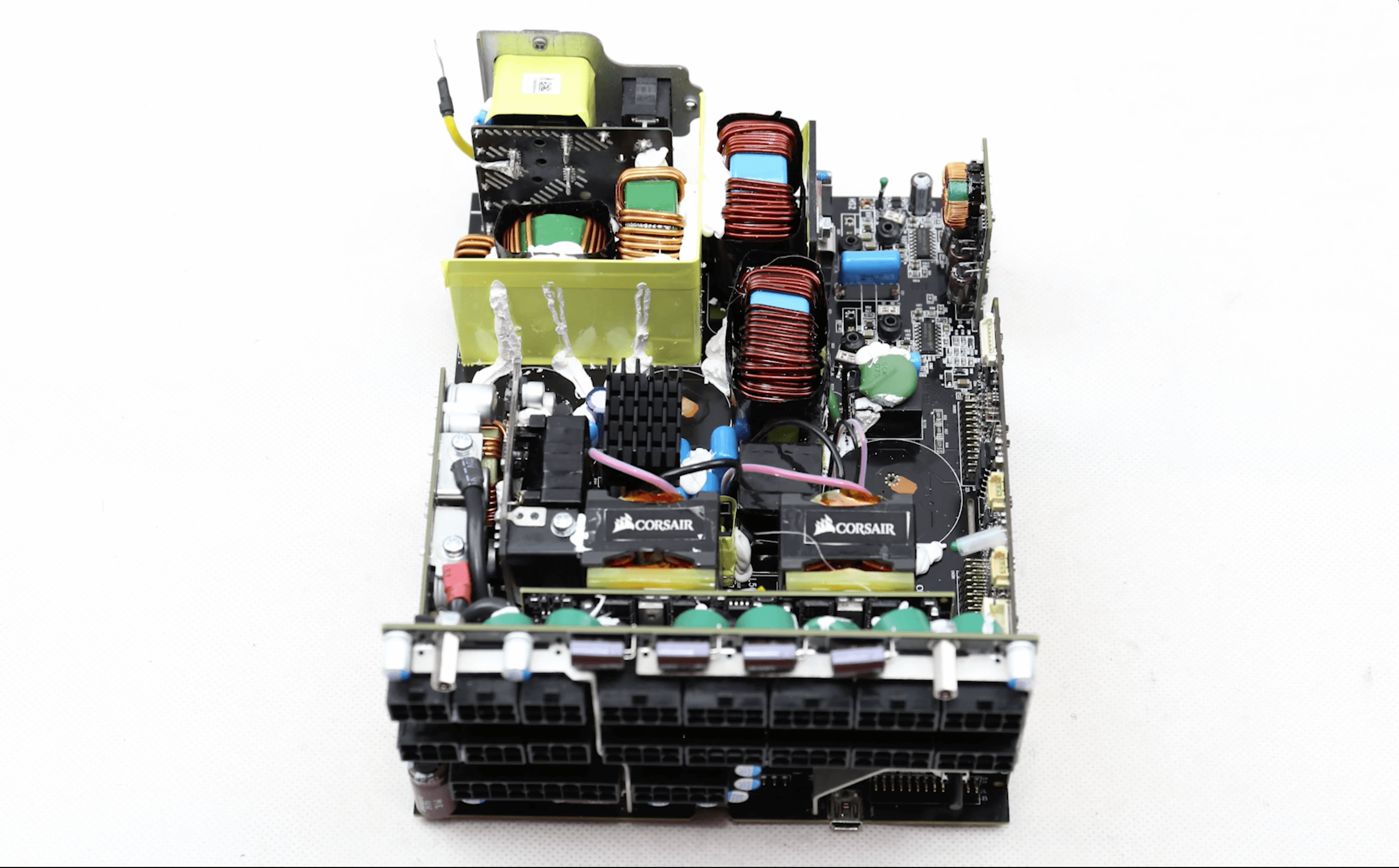GoZolt.com is down, and Avogy’s website redirects to a company named Nexgen Power Systems

NexGen Power Systems logo (probably the new name of Avogy Inc. No press release confirmed the information).
At PntPower we love to try, test, sneak and search. We acquired Avogy’s laptop charger, named Zolt just to try and test. We also published about what we might find in there, and then re-published about what kind of power devices were really in there.
Recently, we went back to the website gozolt.com. It was down. It seems, according to social media, that the website has been down for a while. For all those (like us) who expected an update (like an EU plug version) or an additional plug to match latest laptops… I think you can try FinSix or Innergie’s latest chargers, or even expect Cambridge Electronics or Appulse Power to release a product soon.




This down website led us to search more about Avogy Inc. The company is now renamed to NexGen Power Systems. A new name, an old website shut down, and probably a product line let down… what is happening at ex-Avogy ?
Let’s refresh our memories about what Avogy was and was supposed to become :
Avogy Inc. was born ePowersoft Inc. in September 2010. It was backed in 2011 by Khosla Ventures, a fund that also invested in Scribd or Instacart. In the semiconductor field they backed Soraa, a GaN/GaN LED manufacturer founder by the inventor of LED, Shinji Nakamura. Khosla Ventures invested a total of 32M$ to date.
Intel Capital (the investment fund of Intel) also supported Avogy Inc.
Avogy developed a GaN/GaN power semiconductor device. They own several patents in the field. After different developments and proof of concepts, they released and started to produce the 1st GaN/GaN vertical transistor. They used Soraa’s production line and Kyma technologies’ substrates.
But according to all the people we discussed with, the distribution of these devices has never been large. As DoE and DoD also were investors in the company, they might have kept the first products, together with a very limited number of beta-test customers.

Extract from Avogy Inc. presentation. All rights reserved Avogy Inc.
Avogy Inc. managed to advertise the company as the future GaN leader, by mastering GaN/GaN technology and outclassing any other GaN/Si or GaN/SiC based technology.
In 2015, Avogy Inc. through Zolt, a subsidiary created for the occasion, released a small laptop charger. They left doubt and confusion whether or not their device used GaN devices. Finally, a reverse engineering process revealed that Cree MOSFETs were used… Which is ironic for a GaN device maker.
By the end of 2016, Zolt’s website stopped working and there is no news or ways to contact the company. It seems that they produced a batch of chargers, and then closed the website.

Extract from Avogy Inc. Presentation. All rights reserved to Avogy Inc.
Avogy Inc. now leads you to the same website, with a logo and address changed to Nexgen Power Systems. No PR, no communication, no information released anywhere.
You can find traces of an auction from January 2017 where Avogy is selling a lot of equipment… Is Avogy preparing a rebirth from its own ashes ?
These signs are not very positive. But let’s wait for further information.
Maybe Nexgen (ex-Avogy) is preparing something big, with next investments ! We will investigate further during PCIM in Nuremberg.










